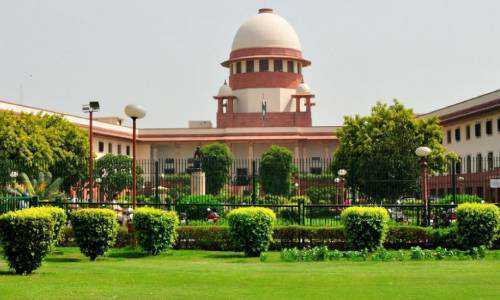
The Supreme Court has finally settled the long-debated topic of what constitutes "presence of a dispute" in the (Mobilox vs. Kirusa) decision. In the context of the Insolvency and Bankruptcy Code, 2016, the meaning of "presence of dispute" was seen in the context of the commencement of CIRP of corporate debtors.
In the event of a payment default, the operative creditor can commence the Corporate Insolvency Resolution Process (CIRP) by filing an application with the NCLT. A demand notice (demanding payment of the sum) must be sent to the corporate debtor prior to filing such an application under Section 8 (1) of the Insolvency and Bankruptcy Code, 2016. In the instant case titled Mobilox Innovations Pvt. Ltd. Vs. Kirusa Software Pvt. Ltd the issues raised for clarification before the Supreme Court was:Whether the appeal made by Moblox was valid or not?
What should be kept in mind by the AA during their decision?
With regard to the second issue, While examining any application under Section 9 of the I&B Code, the Adjudicating Authority will ask the following questions:
Is there an "operational debt" of more than a lakh rupees?
Is the documented proof submitted with the application sufficient to establish that the debt is due and payable and has not been paid?
Is there a dispute between the parties involved, or any record of a pending suit or arbitration action filed before the receipt of the Demand Notice ?
The Court categorically held that,
"It is settled law that the expression “and” may be read as “or” in order to further the object of the statute and/or to avoid an anomalous situation "Since the introduction of the IB Code, there appears to be no doubt that the interpretation of "conflict" and "presence of a disagreement" has been hotly debated. Different NCLT benches have provided contradictory interpretations. However, the Supreme Court's definitive verdict has finally established a decided stance.

